At the beginning of every class, or almost every class, we do a series of exercises. The Japanese word for this sort of calisthenic exercise isundo. These exercises derive from the Goju style of karate created by Miyagi Sensei in Okinawa in the early part of the 20th Century. In devising these exercises Miyagi no doubt borrowed liberally from the Chinese, whose influence on the southernmost island of the Japanese archipelago was immense.
More than a thousand years before, many Chinese had themselves borrowed from their southern neighbor, India, and adopted Buddhism as a philosophy of living on par with the naturalism of Lao Tsu and the social conservatism of Confucious. The story of Buddism's migration from India to China is an interesting one. In India, Buddhism competed with Hinduism for market share, so to speak. It did very well, as we can see by its continued existence today, two thousand years after the Buddha's death. However, after awhile some of the "old school" Buddhists grew disenchanted with the politics of the large organization that had arisen around the practice of Buddism and sought a return to simpler ways. One of the disenchanted monks, Bodhidharma (known in Japan as Daruma), left India for its northern neighbor, China. There, Bodidharma is said to have sat for nine years in meditation, seeking enlightenment. To maintain his health, legend has it that he devised exercises borrowed from the characteristics of the wild animals he observed in the mountains where he meditated. The Shaolin Temple arose from Bodidharma's spiritual/physical exertions. The Shaolin monks became more than adept at Bodhidharma's exercises, primarily for the purpose of defending themselves against roving gangs of thieves who plundered the Chinese countryside. The Temple thrived but yet again internecine politics arose around the basic practice.
When Buddhism was adopted by the Japanese from their Chinese neighbors nearly a thousand years ago it underwent a another decisive transformation. The motivations behind this change were not unlike those of the Protestant movement of Martin Luther in Christian Europe and the earlier revision of Buddhism by Bodhidharma. With Buddhism, Japan characteristically sought a more direct apprehension of The Mystery, one stripped of unnecessary adornment and intercession. Thus, the Japanese removed everything from the practice of Buddhism except the basic act of sitting. Just sitting, or shikantaza, forms the essence of Cha'n, or Zen, Buddhism. It is this practice that we attempt in the dojo, sitting either in seiza or on the seiza benches.
Looking around the Culver City Seido dojo, you can see echoes of Buddhism's story in the Daruma dolls sitting on the counter of the front desk and by the shinzen. You can also "see" it in gassho, the exercise that often concludes the undo (warm up exercises) at the beginning of class. Gassho signifies the dissolution of our existential duality. By bringing the two hands together, two become one and the illusion of separateness is symbolically dissolved. Gassho signifies that the boundary of our ego is mometarily erased and the unity of life is experienced as it is.
The distant echo of Indian Buddhism is also found in the three movements associated with gassho, the bringing of the hands from above, in front, and below to the mid-chest area. These three actions point to, respectively, the Buddha, the Sangha and the Dharma, the three jewels in the crown of Indian Buddhism. The Buddha represents the ideal of non-attachment acheived through meditation, the Sangha represents the community of meditators/trainees, and the Dharma represents the path of Action undertaken by the meditator/trainee in his or her everyday life.
At the core of this crown is The Mystery, the immediate apprehension of the source of all Life that lies beyond words, beyond thought. It is not by accident that all three roads, the Buddha, the Sangha, and the Dharma, lead to the heart.
Seido karate-do is a "whole-hearted" practice. The word for heart in Japanese is kokoro. While kokoro refers to "heart" as it is commonly understood in the West, the Japanese word also designates the function of the mind, which is both emotional and intellectual. We can readily grasp the intellectual aspect of mind, but what is meant by the mind's "emotional" aspect?
Simply put, the mind's emotional aspect is understood as our "intention." When we act with intention we access our beliefs, those principles which give meaning and motive to our lives. Seido karate-do offers us an opportunity to examine our actions as expressions of our motives. Our highest purpose is to align what we do with our principles. Anything less produces a "half-hearted" effort. Seido means "the sincere way", the way of whole-heartedness. As with Buddhism, there are few prescriptions for action in Seido. Instead, there are suggestions which you are asked to investigate for yourself to see if they're helpful in your life. Or not. The choice is your own, as is the process of examination.
By beginning each class with gassho, we remind ourselves of our fundamental creativity as human beings. Kokoro and the three tools, or jewels, are available to each of us in our creative process. What we do with the profound creative power of intention is also up to each of us. Success often depends upon commiting yourself to the goal with your whole heart. Gambatte kudasai (please do your best)!
See you in the dojo. Osu!
Just updated your iPhone? You'll find new emoji, enhanced security, podcast transcripts, Apple Cash virtual numbers, and other useful features. There are even new additions hidden within Safari. Find out what's new and changed on your iPhone with the iOS 17.4 update.



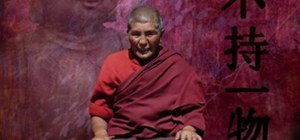
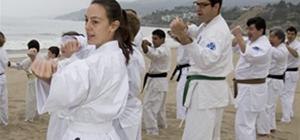
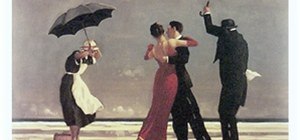

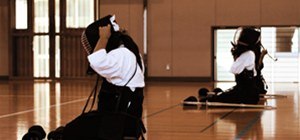
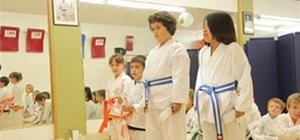
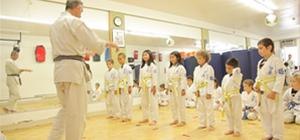
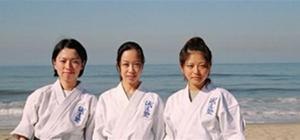

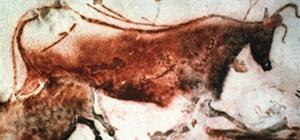






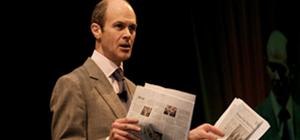


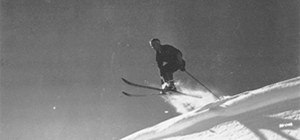





Be the First to Comment
Share Your Thoughts